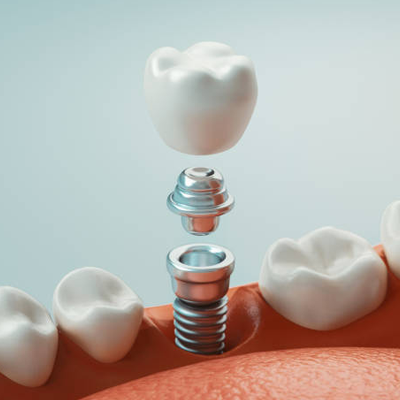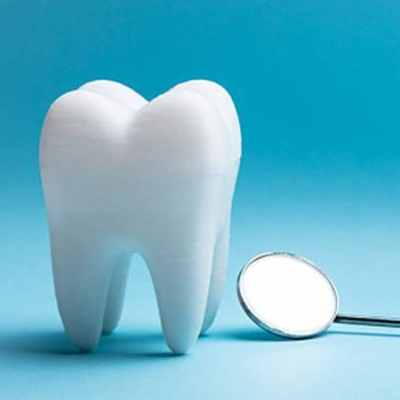
Take A Closer Look At Composite Fillings
Are you tired of feeling self-conscious about your smile because of unsightly fillings? Have you been wondering if there is a better alternative to traditional metal or silver restorations? Look no further than composite fillings! These modern tooth repair options not only blend seamlessly with your natural teeth but also provide durability and longevity.
What are Composite Fillings?
Composite fillings are made of a mixture of glass or quartz filler and a resin binder. They are tooth-colored and can be used to restore both the front and back teeth. Composite fillings are strong and durable and can last for many years with proper care.
How To Choose The Right Composite Filling?
When you need a filling, your dentist has many options to choose from. In the past, most fillings were made of metal, but now there are tooth-colored options available that can blend in with your natural tooth color. Composite fillings are made of plastic and glass particles, and they can be matched to the color of your teeth.
Your dentist may recommend a composite filling if you have a small cavity. Composite fillings are also used to repair cracked or chipped teeth and to close gaps between teeth.
Here are some things to consider when choosing a composite filling:
The Location of the Tooth: Front teeth are more visible when you smile, so you may want to choose a tooth-colored filling for these teeth.
The Size of the Cavity: Smaller cavities can be filled with composite fillings. Larger cavities may require a different type of filling.
Composite fillings can last for many years, but they may not be as durable as metal fillings. You may need to have a composite filling replaced sooner than you would a metal filling.
The Different Types of Composite Fillings
Composite fillings are made from a mix of plastic and glass particles. They are usually used to repair cavities or tooth decay. There are three different types of composite fillings: direct, indirect, and amalgam.
Direct composite fillings are the most common type of composite filling. They combine the composite material with an adhesive resin and place it directly into the cavity or tooth decay. Indirect composite fillings are made by first creating a mold of the tooth, then placing the composite material into the mold. Amalgam composite fillings are made by combining the composite material with mercury.
How to Care for Your Composite Filling
Composite fillings are a type of tooth-colored filling that can be used to repair cavities and other minor tooth damage. Unlike traditional metal fillings, composite fillings are made to match the color of your teeth so they are less noticeable. Here are a few tips on how to care for your composite filling:
1. Brush And Floss Regularly: Just like your natural teeth, it is important to brush and floss your composite filling daily. This will help remove any food or plaque that may build up around the filling and prevent decay.
2. Avoid Hard Foods: Be careful with hard foods like candy or nuts, as they can crack or chip your composite filling. If you do eat hard foods, chew them on the side of your mouth without the filling.
3. See Your Dentist Regularly: Be sure to see your dentist for regular checkups and cleanings. They will be able to check for any decay or damage to your composite filling and make sure it is still in good shape.
The Bottom Line
Composite fillings provide a safe and effective way to repair your teeth while maintaining the natural beauty of your smile. While they may cost more than traditional metal fillings, they offer the benefit of being able to blend in with your existing tooth structure, making them an attractive option for those looking for a long-term dental solution.








